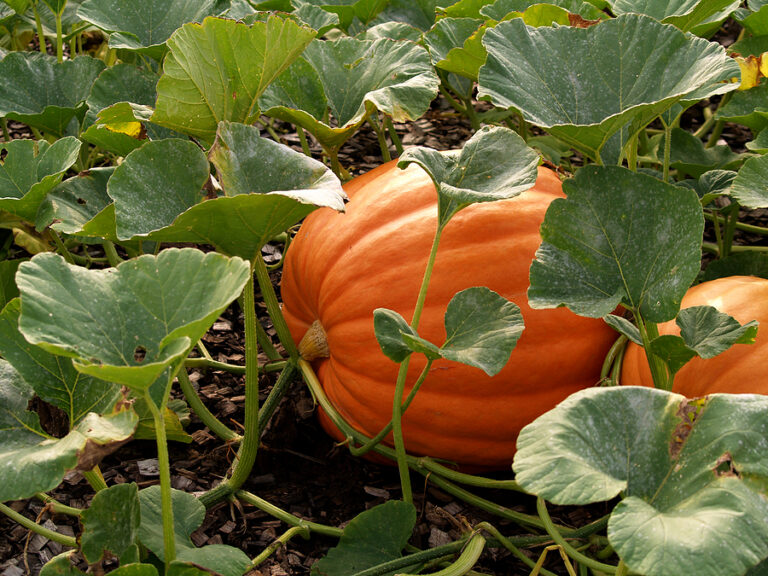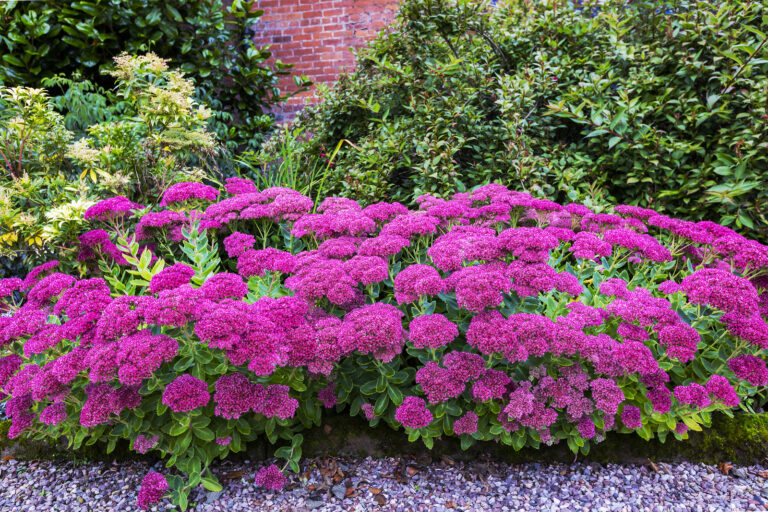Relay Cropping for Roots, Tubers & Specialty Vegetables
Includes: potatoes, sweet potatoes, carrots (if desired), ginger, garlic, onions, parsnips, radishes, turnips
Relay Cropping Root and Tuber Vegetables
Root crops occupy underground space but often leave canopy space above them for short-term leafy crops. Relay cropping improves productivity by pairing slow-developing roots with fast greens or by planting the next root crop before the previous one is completely gone. Ginger and garlic, both long-season crops, pair beautifully with quick-maturing relays early and late in their cycles.
In small gardens, these combinations reduce empty bed time and keep nutrients cycling through the soil.
Relay-Cropping Compatibility Chart: Roots & Tubers
| Primary Crop (Ending) | Relay Crop (Beginning) | Why They Work Together |
|---|---|---|
| Potatoes | Lettuce | Lettuce fills space before potato foliage closes canopy. |
| Potatoes | Spinach | Spinach germinates in early spring alongside young potatoes. |
| Potatoes | Green onions | Onions mature upright without interfering with tubers. |
| Sweet potatoes | Lettuce | Lettuce finishes before vines spread fully. |
| Sweet potatoes | Radishes | Quick radish harvest before vines take over. |
| Garlic | Lettuce | Lettuce grows in early spring between garlic rows. |
| Garlic | Spinach | Spinach handles cool soil under garlic stalks. |
| Ginger | Lettuce | Lettuce enjoys early-season shade and finishes early. |
| Ginger | Green onions | Onions mature before ginger thickens. |
| Radishes | Spinach | Spinach takes over after radishes lift. |
| Turnips | Lettuce | Lettuce fills space after turnip harvest. |
| Parsnips | Green onions | Onions grow while slow parsnips mature. |
| Onions (bulb) | Lettuce | Lettuce matures quickly in open spaces. |
| Green onions | Spinach | Fast spinach grows around upright onions. |
Conclusion
Relay cropping roots, tubers, and specialty vegetables is a simple way to turn every square foot of your garden into a productive, season-long system. By staggering plantings and pairing crops with compatible growth habits, you harvest more often, reduce empty bed time, and build healthier soil through continuous living roots. With a bit of planning and observation—as well as a willingness to adapt based on weather and crop performance—you can create a steady, predictable rhythm of planting and harvesting that keeps your garden thriving from early spring through late fall.





